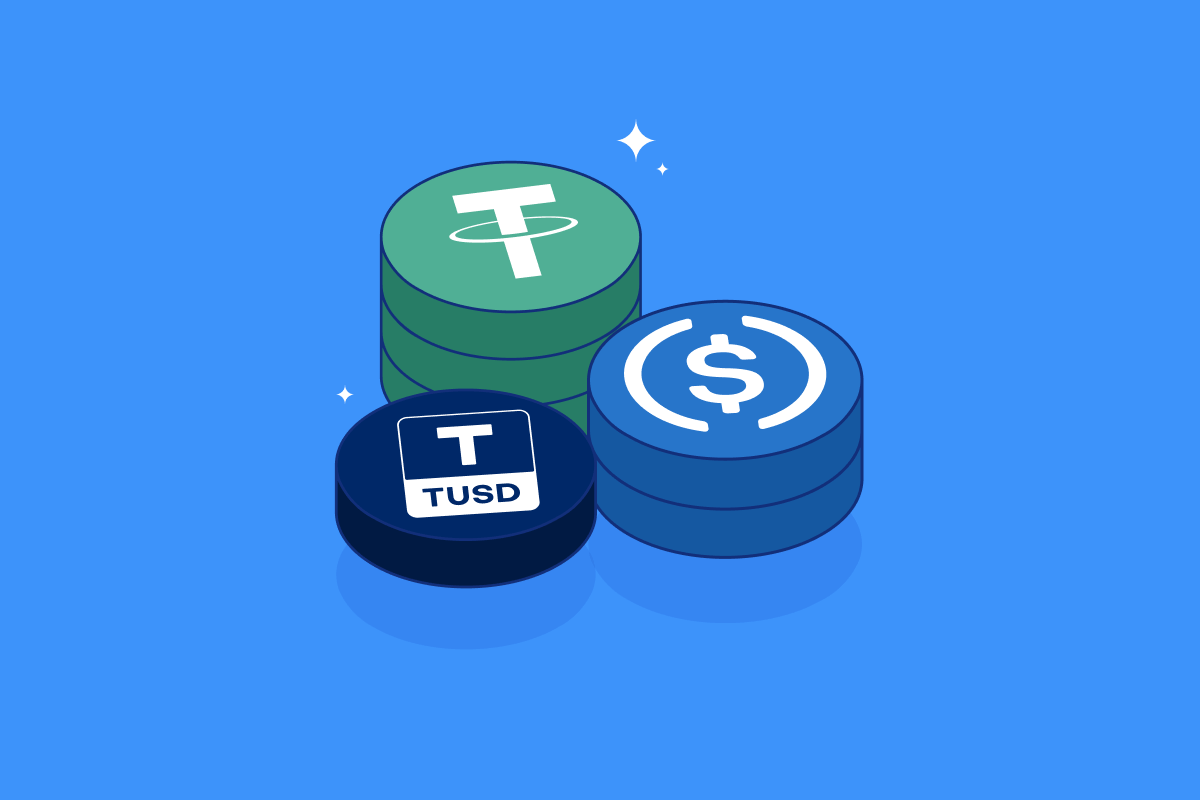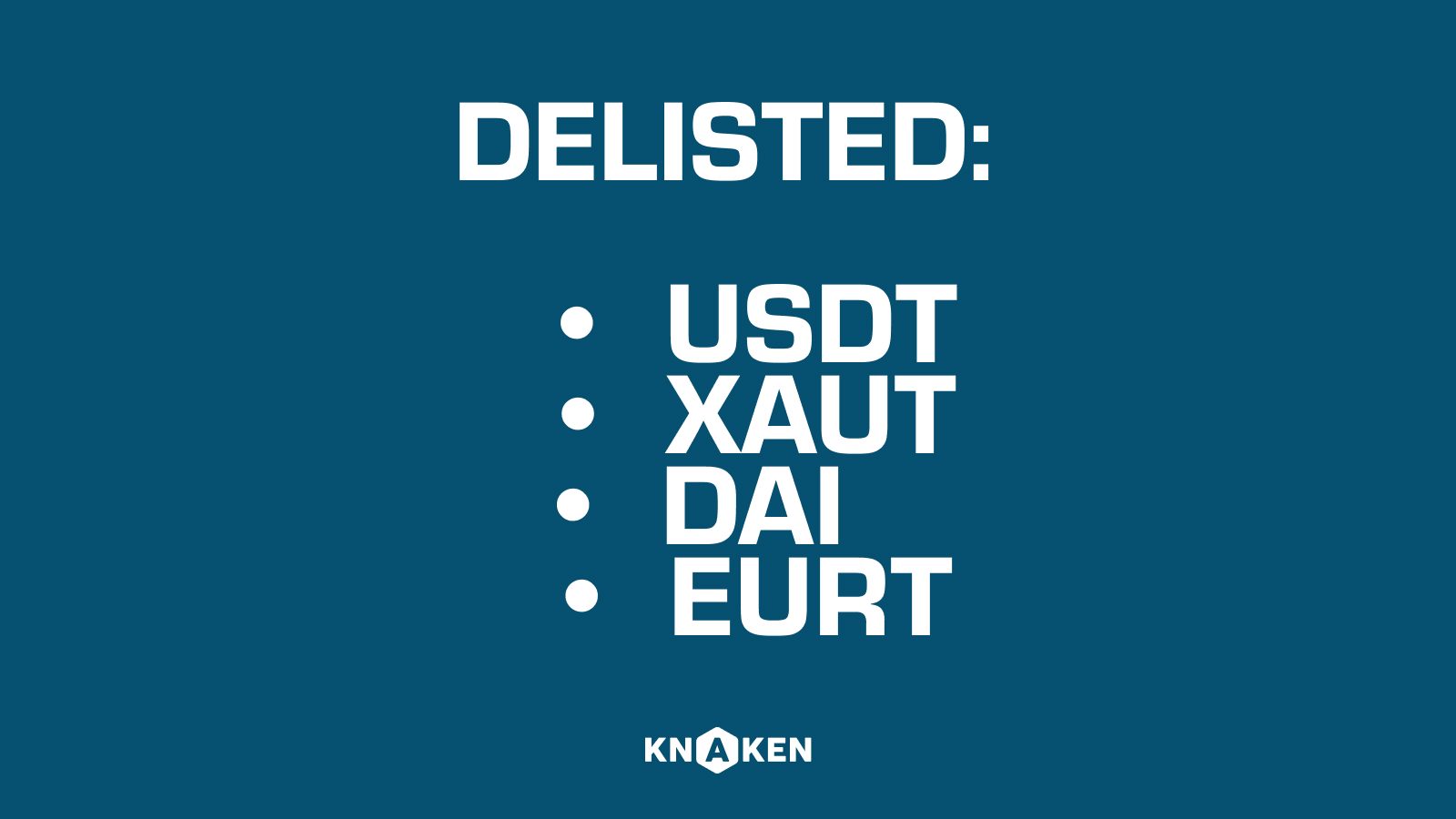Understanding Fiat Currency in the Context of Cryptocurrency
What is Fiat Currency?
Fiat currency refers to money that is issued by a government and has value because the government maintains it and people have faith in its value. Unlike cryptocurrencies, which derive value from the technology and decentralization of blockchain, fiat is backed by the trust in the issuing government and its economy.
The Nature of Fiat Currency
Fiat currencies have certain characteristics that distinguish them from other forms of money:
- Government Issued: Fiat money is established as legal tender by regulatory authorities and governments.
- Accepted by People: The value of fiat currency is generally accepted by people within the economy.
- No Intrinsic Value: Fiat currencies do not have intrinsic value; their worth is not derived from any physical commodity, like gold or silver.
- Supply Control: Governments and central banks can control the supply of fiat currency through monetary policy.
Examples of Fiat Currencies
Some well-known examples of fiat currencies around the world include:
- United States Dollar (USD): Widely used and considered the dominant reserve currency globally.
- Euro (EUR): The official currency of the Eurozone, used by 19 of the 27 European Union countries.
- British Pound Sterling (GBP): The currency of the United Kingdom, known for its historical significance.
- Japanese Yen (JPY): The official currency of Japan, one of the most traded currencies in the world.
- Chinese Yuan (CNY): The official currency of the People’s Republic of China, increasingly used in international trade.
Fiat Currency vs. Cryptocurrency
The emergence of cryptocurrencies has led to a significant discussion about the differences between fiat currency and digital currencies:
- Centralization: Fiat currencies are centralized and regulated by governments, while cryptocurrencies are typically decentralized and operate on blockchain technology.
- Inflation Control: Central banks can increase or decrease the supply of fiat to control inflation; cryptocurrencies often have fixed supplies that cannot be altered.
- Transaction Speed: Cryptocurrency transactions can often be processed faster than those involving fiat currencies, particularly in cross-border transactions.
- Anonymity: Cryptocurrency transactions can provide more privacy compared to fiat transactions, which are often traceable through banking systems.
The Role of Fiat Currency in the Cryptocurrency Ecosystem
Fiat currency plays a crucial role in the cryptocurrency market, serving as a bridge between traditional finance and digital assets. Key aspects include:
- Exchanges: Most cryptocurrency exchanges allow users to trade fiat currencies for cryptocurrencies, facilitating entry into the crypto market.
- Regulation: Governments worldwide regulate fiat currencies, which influences the legality and acceptance of cryptocurrencies.
- Liquidity: Fiat provides liquidity in the market, impacting the trading volume and price stability of cryptocurrencies.
Challenges Associated with Fiat Currency
Despite the widespread acceptance of fiat currencies, several challenges impact their stability and value:
- Inflation: Fiat currencies are susceptible to inflation, leading to a decrease in purchasing power over time.
- Centralization Risks: Centralized control can lead to misuse of power, affecting the reliability of fiat currencies.
- Banking Limitations: Access to fiat currencies is often restricted by traditional banking systems, creating barriers for some individuals.
The Future of Fiat Currency in a Digital World
As the world becomes increasingly digitized, the implications for fiat currency include:
- Digital Currencies: Governments are exploring central bank digital currencies (CBDCs), which represent a digital form of fiat currency.
- Integration with Blockchain: Future innovations may lead to the integration of fiat currency systems with blockchain technology.
- Adopting New Technologies: Traditional financial systems may need to adopt new technologies to remain competitive in the face of cryptocurrencies.
Conclusion
Fiat currency remains a vital part of the global economy, playing a significant role in the functioning of financial systems. While cryptocurrencies are gaining popularity as an alternative form of value, the relationship between fiat currencies and digital assets continues to evolve, shaping the future of money. Understanding fiat currency is essential for anyone looking to navigate the complexities of the cryptocurrency landscape.


















